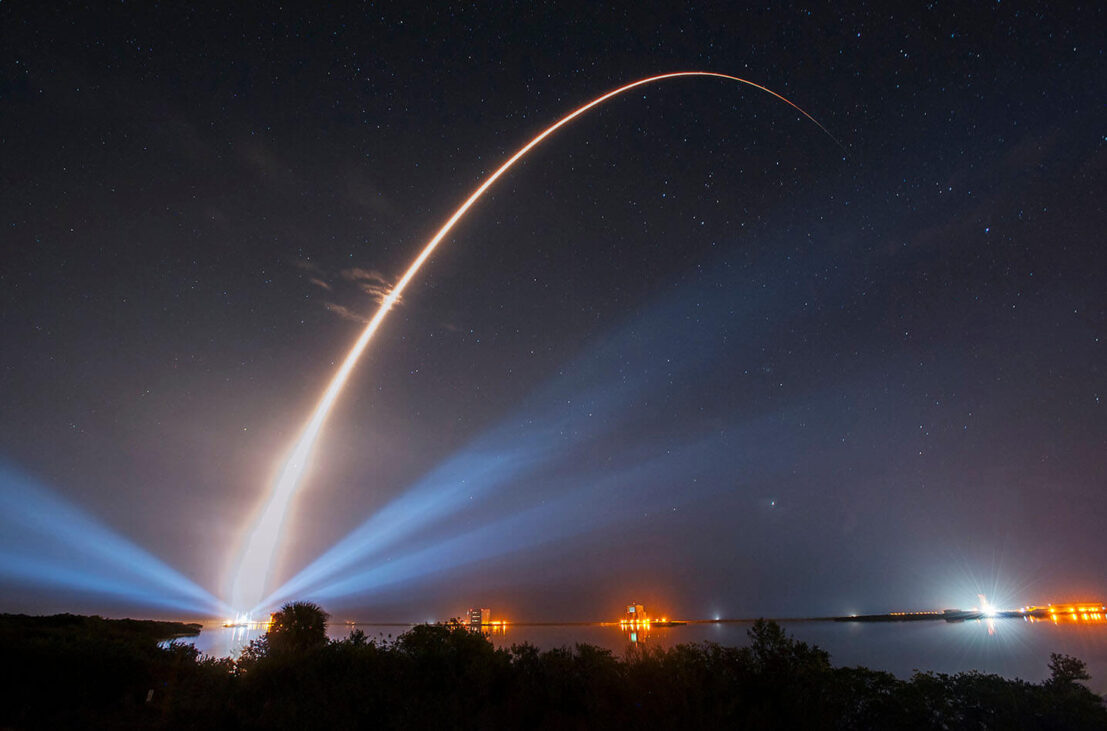
Dec. 7, 2021
As two new FAA directives were issued Dec. 7, outlining mitigation strategies to prevent the pressing threat of radar altimeter interference from 5G telecommunications networks to flight operations, industry veterans gathered the same day for an NBAA News Hour to update industry on the situation. View the FAA directives.
The industry-wide concern stems from the potential interference to radar altimeters used in all phases of flight by commercial airliners, business airplanes and helicopters, from the anticipated rollout of the new 5G telecommunications networks early next year.
A March 2020 order from the Federal Communications Commission (FCC) cleared the way for deployment of the networks, which operate within the “C-Band” that offers substantially increased bandwidth and faster speeds for mobile devices than existing 4G LTE frequencies.
“The C-band sits in a ‘sweet spot’ that allows fairly decent coverage and fairly decent capacity, which is why it’s in high demand for various applications,” said Andrew Roy, director of engineering services for Aviation Spectrum Resources, Inc. (ASRI).
While such networks will ultimately operate across more than 50 distinct C-Band frequencies, the range from 3.7 to 3.98 gigahertz is nearby the radio frequencies used by radar altimeters, “the only sensor onboard civil aircraft that provides a direct measurement of the clearance height of the aircraft over the terrain for other obstacles,” noted Heidi Williams, NBAA director for air traffic services and infrastructure.
Roy likened 5G networks sharing bandwidth with radar altimeters to placing “a karaoke bar next to a monastery [that] has taken a vow of silence. You really need to figure out how those different applications can work together.”
The FCC maintains it has developed suitable limits to prevent such interference, such as a “guard band” between the spectrums used by 5G and radar altimeters. Other suggested mitigations include “protection areas” from 5G signals near airports and along typical glideslope paths, though such actions would not address potential interference to helicopter and UAS operators.
Clay Barber, principal engineer at Garmin, further noted telecommunications providers have yet to share deployment plans for their networks. Such information is vital to ensure any necessary operational changes, or refinements to new radar altimeters to shield against 5G interference, will truly solve the matter going forward, Barber noted.
“Aviation has an understandably large amount of deployment time” for design, testing and certification of new avionics, Barber added. “We have a 20-30 year lifecycle with significant overhead.”
As the industry continues to seek greater collaboration from the FCC and telecommunications providers, Verizon and AT&T have postponed deployment of their respective 5G networks until January 2022.


 International Business Aviation Council Ltd.
International Business Aviation Council Ltd.